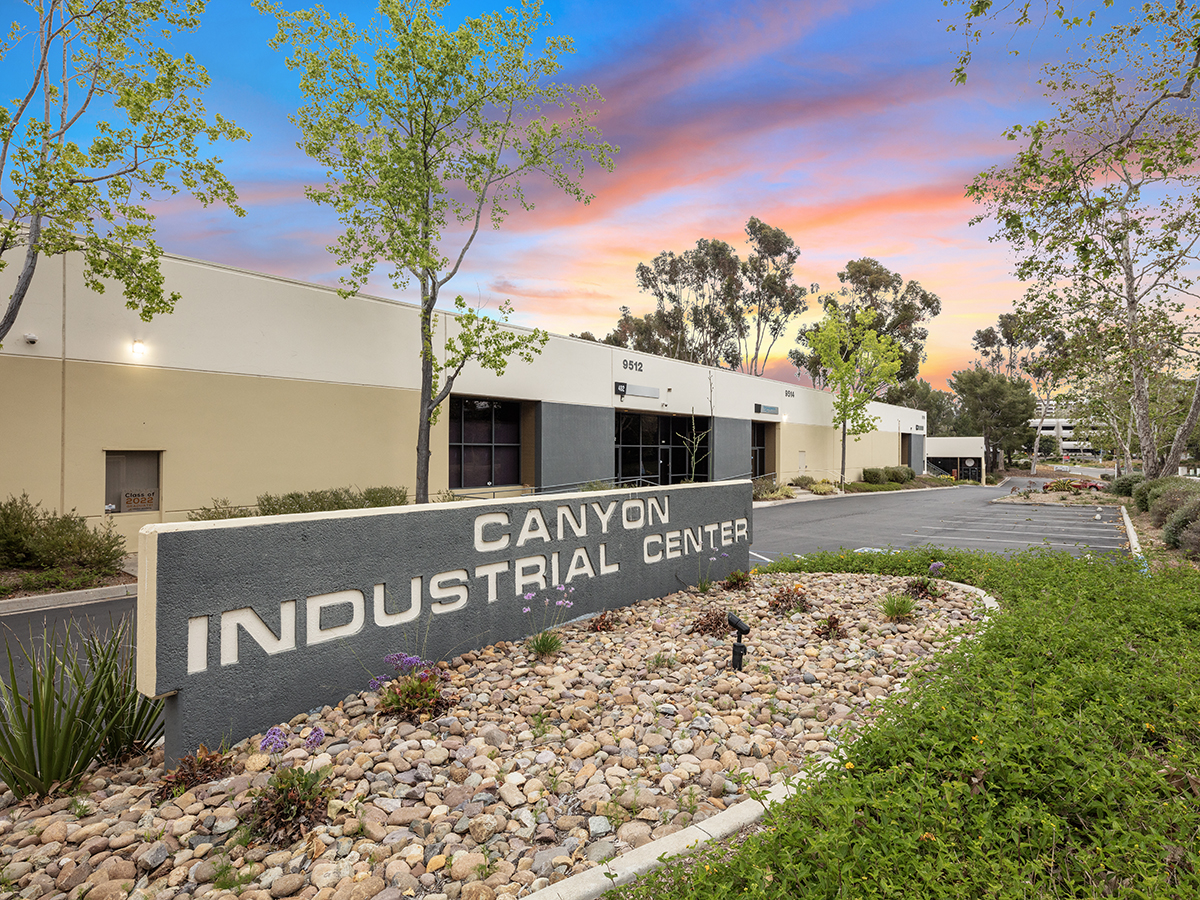Staying Ahead of Climate Change
Rising temperatures are bringing new costs of doing business, necessitating proactive planning to stay ahead.
It’s been a rainy weekend—not really surprising since it’s hurricane season and Hurricane Ophelia is headed up the East Coast. We’ve had a lot of rain in the Northeast this summer, and last summer was similar. Other parts of the country might find us fortunate–and I sympathize with those where extreme drought gave rise to unprecedented wildfires, like the one that destroyed much of Lahaina, Hawaii, in August and Canada’s six-month-long, transnational string of fires that has created such high levels of air pollution they infiltrated many U.S. areas unaccustomed to such problems. Then again, Vermont is still recovering from July flooding due to Hurricane Ilene. Either way, weather patterns have grown more extreme, and temperatures are gradually but steadily increasing, according to the Environmental Protection Agency.
Efforts to slow this progression continue to advance. Municipalities around the country, for instance, have continued to ramp up their emissions restrictions–with the city of Cambridge, Mass., setting a new threshold this summer when it moved its net-zero requirement for large non-residential buildings back from the more widely recognized (and federally established) 2050 target to 2035. Other cities have interim benchmarks to ensure they achieve the 2050 goal. Austin has a community-wide net-zero target of 2040, with significant requirements by 2030. Seattle calls for 40 percent building emissions reduction by 2030. New York state aims to reduce greenhouse gasses 40 percent by 2030.
Such mandates make it tough to be in the commercial real estate industry and not have an emissions and energy reduction strategy, and some companies have set significant goals that simultaneously improve operational efficiencies. Vornado Realty Trust, for instance, is mining energy consumption data at the individual tenant level and grading energy efficiency each month, our writer Gabriel Frank reported from the recent CREtech New York 2023 conference. “Until you show (tenants) how much money they are losing, it doesn’t become real,” Vornado Chief Sustainability Officer Lauren Moss noted during a panel discussion.
One thing investors aren’t yet doing is shifting focus away from areas at higher risk of extreme weather. But that may change, at least for some, as insurance rates continue to rise. Already, insurance has become a much greater cost of doing business, Joe Gose reports in the feature “Why CRE Insurance Challenges Are Intensifying,” threatening to impact net operating income and potentially even lead to defaults. Deductibles have ballooned as well, as insurers have shifted their focus to the much higher replacement cost rather than property value to meet the demands of reinsurers.
There’s more rain predicted later this week. And though it comes with the season, I can’t help thinking about the greater implications. There are bound to be more surprises. Staying on top of them will be paramount.








You must be logged in to post a comment.